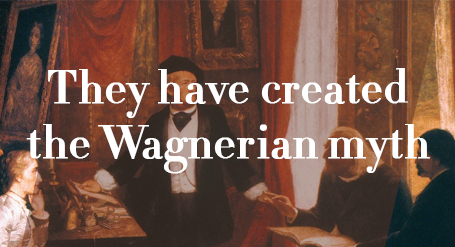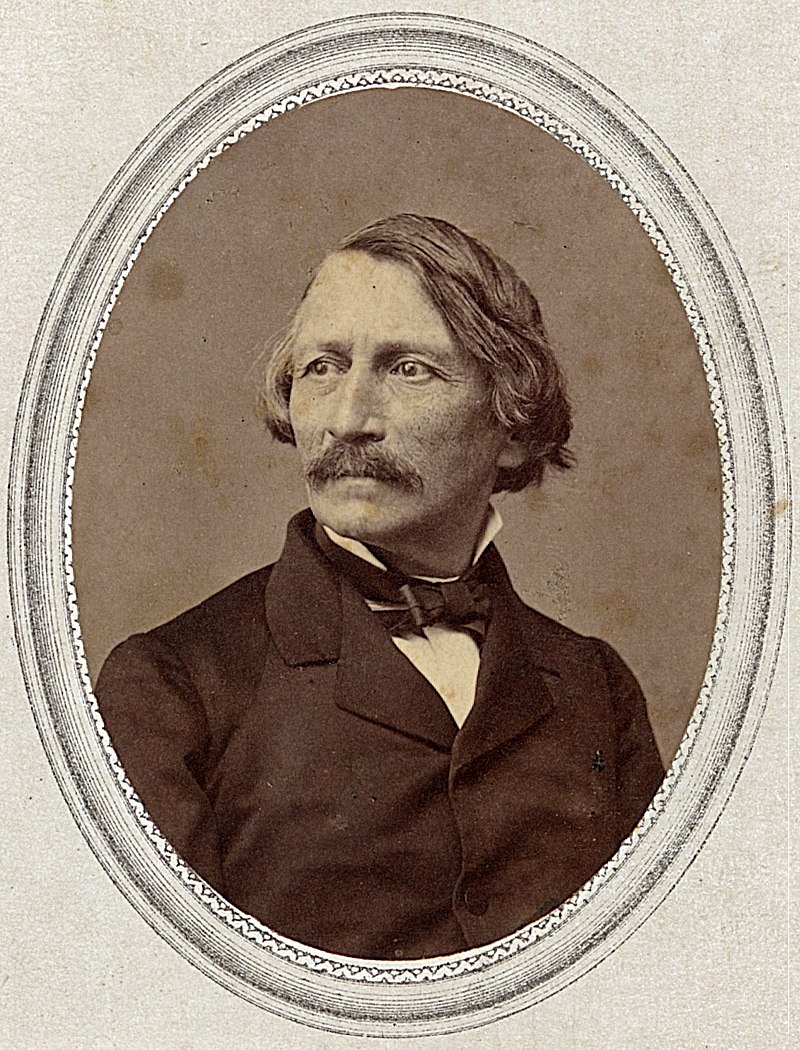
If Wagner was the cultural and musical chronicler of his time, if he remained a revolutionary activist, he had also gone into the act of police, and if he was finally his master of Bayreuth celebrated as the one of the major artist of his At the time, the illustrious composer did not live before a man made of chair and blood, animated by passions, with a sometimes violent, sometimes facetious, and sometimes tender character.
SEMPER Gottfried
(born on 29. November 1803 – died on 15. May 1879)
Gottfried Semper was a German architect, art critic, and professor of architecture, who designed and built the Semper Opera House in Dresden between 1838 and 1841. In 1849 he took part in the May Uprising in Dresden and was put on the government’s wanted list. Semper fled first to Zürich and later to London. Later he returned to Germany after the 1862 amnesty granted to the revolutionaries.
Semper wrote extensively about the origins of architecture, especially in his book The Four Elements of Architecture from 1851, and he was one of the major figures in the controversy surrounding the polychrome architectural style of ancient Greece. Semper designed works at all scales, from major urban interventions like the re-design of the Ringstraße in Vienna, to a baton for Richard Wagner. His unrealised design for an opera house in Munich was adapted by Wagner for the Bayreuth Festspielhaus.
This article does not yet exist in the language you requested.
If you wish to share with us your knowledge on this subject and thereby enrich our collection, please feel free to contact us to join our editorial team.
In the meantime, we invite you to discover this article:
– in its French version;
– in its German version;Thank you in advance for your collaboration.
If you wish to share further information about this article, please feel free to contact us !
